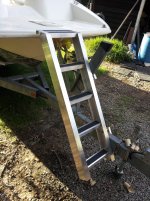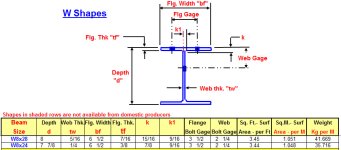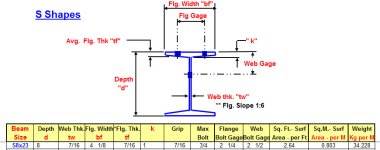I like one of the earlier responses, by s219, that encouraged you to look at other, successful designs and to copy them, making improvements where needed.
To quote Tom Lehrer:
...let no one else's work evade your eyes. Remember why the good Lord made your eyes, so don't shade your eyes, but plagiarize, plagiarize, plagiarize! Only be sure always to call it, please, "research".
This is fine so long as you are doing this for your own use and not for profit.
If for profit, you will need to copy much more carefully.
Or you can execute your own design.
How to do engineering calculations?
Rule #1: Assume that you are wrong and review all of your assumptions.
Rule #2: When you have convinced yourself that you are no longer wrong, have someone else (who's judgment you deeply respect) review your work.
Rule #3: After you have fixed the dumb mistakes that your checker has pointed out, it's time to build a prototype and do some testing in the sandbox, before you commit time and materiel to a finished product. The prototype should be unpainted and easy to alter once you determine that you were wrong, again.
Rule #4: Test the prototype. Murder cycle - test it to failure and see how much margin (safety factor) you have designed into it. Ask yourself if this is enough margin to trust your best friends' life on.
Rule #5: Make appropriate changes, weld, then paint. Enjoy.
Engineering calculations are only as good as the assumptions that guide their use.
A gun is only as dangerous as the person holding it.
Either be humble in design or prepare to be humbled by your design.
This is not for everybody, but if you can live with the occasional ego crushing failure and take precautions to isolate the risk to a tolerable level, it can be a very satisfying thing when your product begins to work as you had intended.



